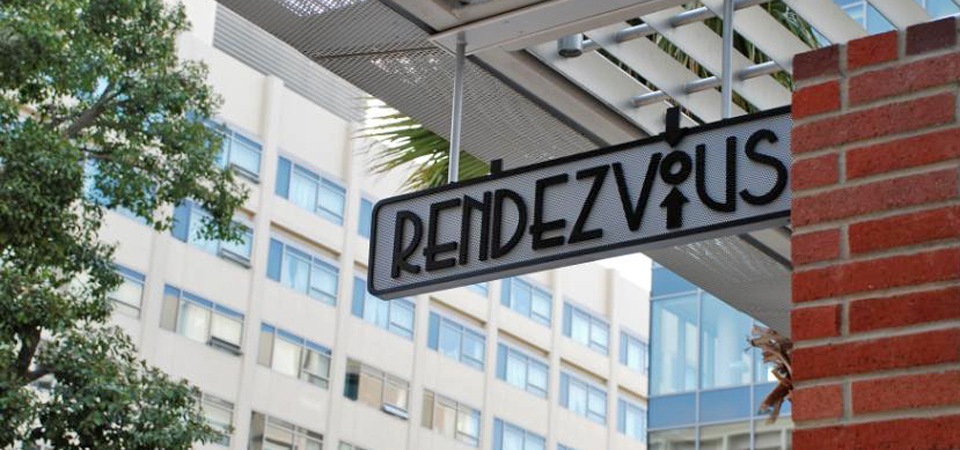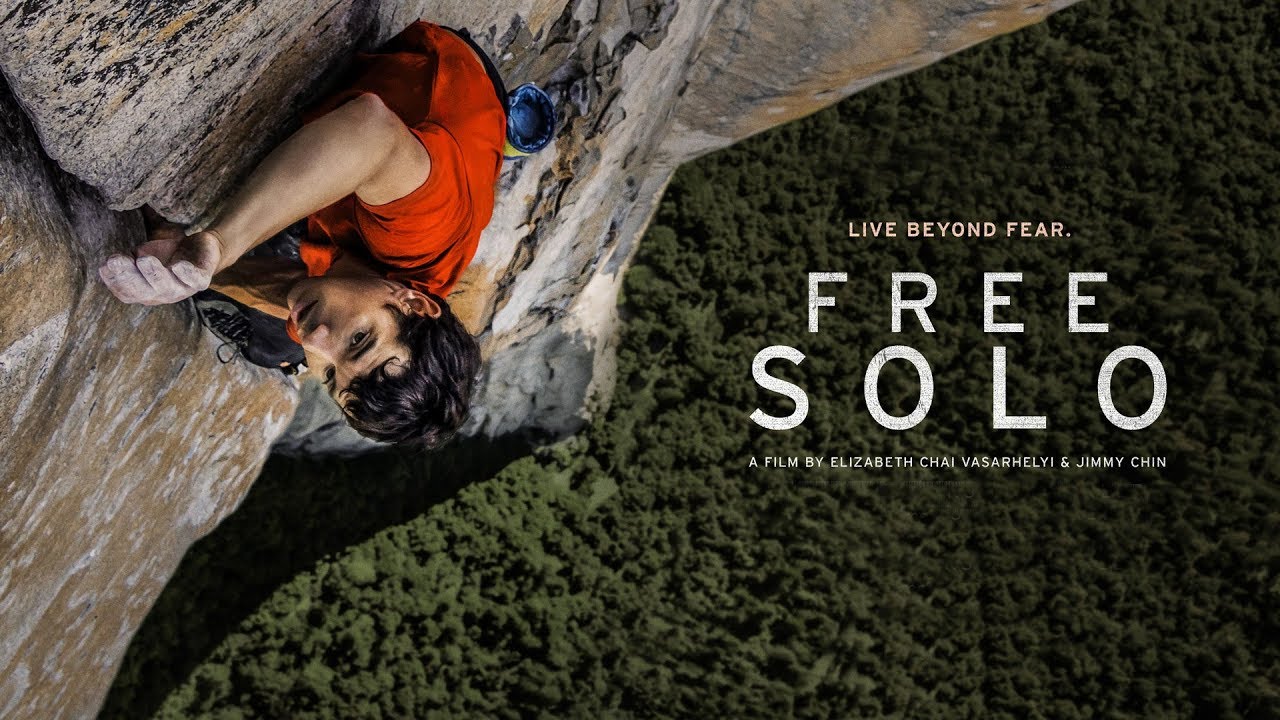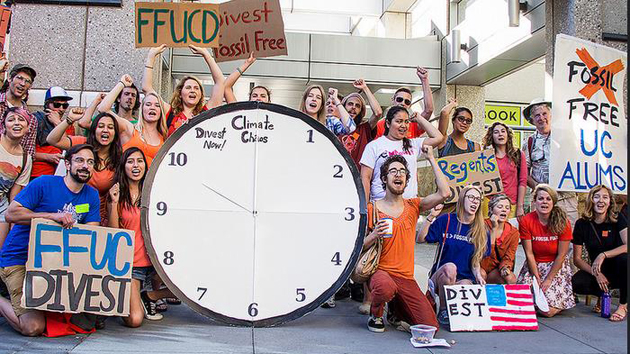By Niklas van der Wagt
UCLA Carbon Neutrality Ambassadors
The intersection between the COVID-19 pandemic and sustainability is as interesting as it is complicated. One easily identifiable symptom of the pandemic is the decline of sit-in dining at restaurants and other locations, which has lead to increased popularity of pick up and fast food. Of course, this also means more single-use containers used for food.
Even before ‘COVID-19’ was a household term, UCLA was (and still is) committed to being an entirely styrofoam-free campus. Among materials commonly used for food packaging, styrofoam stands out thanks to its low weight, high efficiency, and the threats it poses to general health and the environment.
Many people seem to believe that styrofoam is not great for the environment, but nonetheless a step up from plastic. In reality, the opposite is true; styrofoam is not biodegradable and generally cannot be recycled. On the other hand, many plastics are recyclable.

Astute Bruins will notice that the food containers used at Rendezvous and other on-campus dining locations are not made of styrofoam, but of a more environmentally friendly, compostable material. By implementing strategies such as this one, UCLA hopes to be a styrofoam-free campus and contribute to the greater movement of sustainability. However, individual student choices are still the deciding factor for what comes in and out of the university. In early 2020, I helped out in a Powell trash sort, at which we did exactly what the name implies. After sorting through too many bags full of trash to count, I was surprised at the amount of single-use styrofoam and plastics we sorted. I was also surprised to find books, reusable water bottles, and a lot of puff bars, but that’s not the point.

Clearly, these single-use materials are coming from places outside of UCLA. While indulging in some delicious orange chicken served in a styrofoam box from Panda Express does not make you a bad person, gratuitous use of these harmful materials is a danger to public health and the environment. If you have the option (more often than not, we do!), try to avoid styrofoam and other single-use food containers.









